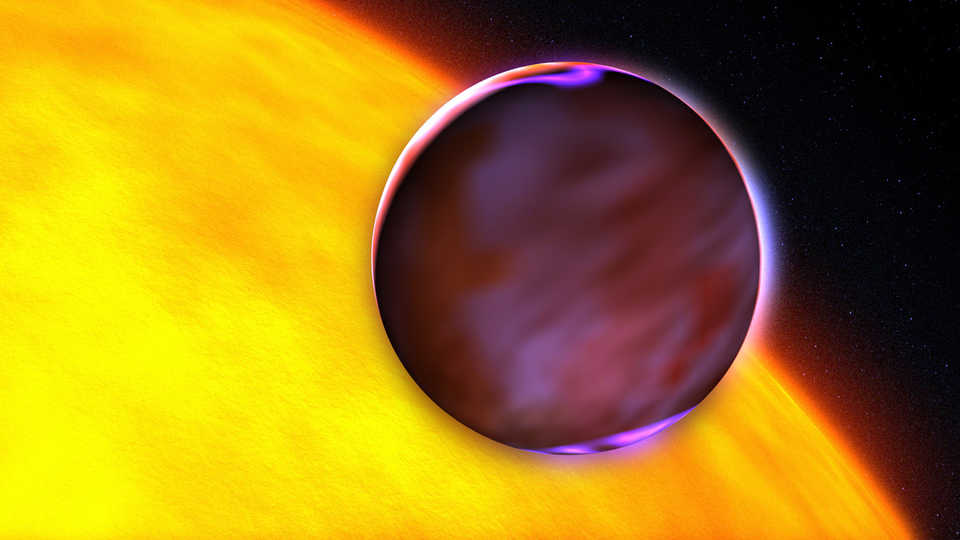Members: $12 General: $15 Seniors: $12
Seating is limited and advance reservations required. To order by phone, call (877) 227-1831.

Artist's impression of a planet orbiting another star.
Emerging Pictures of Distant Worlds
Monday, August 13, 7:30 pm
Morrison Planetarium
Featuring Bruce Macintosh, Kavli Institute for Particle Astrophysics and Cosmology, Stanford University
In less than three decades, more than three thousand planets have been discovered orbiting other stars. This has sparked a post-Copernican revolution, as we realize our solar system is not alone. However, we still don't know if our solar system is rare or unique—the powerful techniques that detect extrasolar planets are still too insensitive to see any of the planets in our solar system; and the known extrasolar planets are 'seen' through indirect methods such as Doppler shift or photometric measurements of their effects on their parent star.
An alternative to indirect detection is imaging: blocking out the light of the bright star to reveal the faint planet nearby. This is extremely challenging—the Earth is ten billion times fainter than the sun. In recent years, however, advances in technology have allowed a handful of giant planets to be seen directly.
Macintosh will discuss these planets—the first-ever images of other solar systems—and the technology that has allowed us to discover them. New instruments, such as the advanced Gemini Planet Imager, promise to find dozens more, including the youthful equivalent of our own Jupiter. We will also learn about the prospects for the future, including behemoth 30-m ground-based telescopes and the WFIRST-AFTA space mission. The latter will use a repurposed military telescope to potentially image "super-Earth" planets around the nearest stars.
The ultimate goal is detection of a second 'pale blue dot'—an Earth twin where we could even see the biosignatures of extrasolar life. Such a discovery may require even more advanced space telescopes - but will truly complete the evolution of our view of the universe.

Bruce Macintosh's research centers on the study of extrasolar planets, in particular through direct imaging. Prof. Macintosh is the Principal Investigator of the Gemini Planet Imager (GPI), an advanced adaptive optics planet-finder for the Gemini South telescope (shown at right).
He also leads a Science Investigation Team for the coronagraph instrument on NASA's Wide-Field Infrared Survey Telescope (WFIRST) mission, focused on imaging and spectroscopy of extrasolar planets.